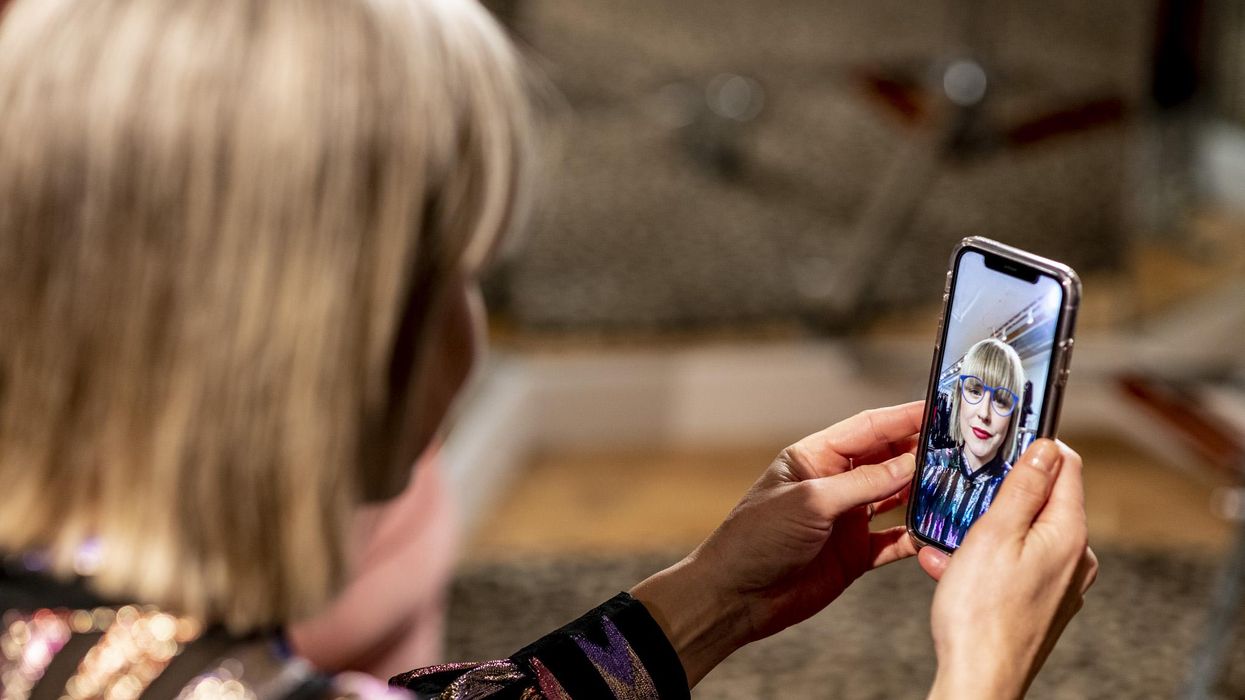What will retail look like in 2041?
That was the question posed by Klarna as it set out to consider the future of retail. Teaming up with Kate Hardcastle (aka The Customer Whisperer), the payments and shopping service set out to identify the key tech advances that will change shopping.
To do so, they asked 5,000 customers in five countries about how they believe their shopping habits will change in 18 years. By that time, Gen Z will be 40 and joining millennials as the top consumer groups.
The Future of Retail report findings indicate that consumers believe many of the emerging technologies that are only beginning to find a foothold in commerce today will become more widely used. Interestingly, the shoppers surveyed do not believe brick-and-mortar retail will disappear. While they believe virtual try-on will become more common, consumers also open to in-store robots providing help navigating the store. The post-pandemic period taught us that in-store shopping remains popular, but this survey provides an indication that the experience will need to continue to evolve to meet consumer expectations.
“Technologies like augmented reality have the potential to transform rundown physical shops and revamp the in-store experience for shoppers," said Hardcastle, in a statement. "Klarna's latest research shows that consumers want greater convenience and a more personalised shopping experience – and seamless technology must be at the heart of this."
Here’s a look at five technologies that are set to grow in retail, according to the survey:
Personalization
According to the survey, 65% of consumers want the shopping experience to become more personalized in the future, and 36% expressed certainty that their wishes will come true, noting that this will occur across both in-store and online.
Klarna noted that this future is already on view in China. In that country, 80% of online purchases are already driven by personalized recommendations. That's compared with 20% in the western world. The survey findings indicate Western consumers want an experience that is more like that in China, at least when it comes to recommendations.
Virtual try-on
The way we try on clothes may be in for a big change. About half of the consumers surveyed believe they will try on clothes in the same way as today. So what will replace the dressing room? The survey states that 48% want to use virtual dressing rooms, 28% want to use augmented reality and 23% believe they will rely on AI to provide recommendations on the clothes that match their fit and style.
Shopping assistants (including robots)
The in-store experience is also set for transformation when it comes to assistance, the survey found. The survey found that 59% of shoppers are open to the idea of a robot approaching them in-store, and another 18% will consider it depending on how the robot looks, or behaves. They could take measurements, or recommend styles.
Meanwhile, there’s also interest in accessing more advice with online shopping. The survey found that 34% of shoppers want access to virtual “personal shoppers” online. These assistants would provide recommendations based on a consumer’s taste and style.
Augmented and virtual reality
Augmented reality, which describes experiences that superimpose digital imagery onto physical environments, is set to gain use across shopping settings in the coming years, shoppers believe. The survey found that 81% of respondents believe this technology will enhance their in-store shopping experience, while 37% think the technology will eventually become standard across online retail.
But despite today's talk of the metaverse, consumers still see a limit to these technologies. The survey found that 43% of Gen Z'ers (43%) believe that shopping in virtual reality (VR) will come to overtake the real-life shopping experience within the next two decades.
Cashless payments
Retailers are already offering a growing number of payment options as more consumers pay with their phone. In the future, consumers think the push beyond hard currency will continue. The survey found that 64% of Gen Z and millennials agree that the majority of physical stores will be completely cash-free within 18 years. Further, 31% believe that the shift will occur in five years or less.
What does ChatGPT think?
Klarna asked AI-powered chatbot ChatGPT about its own predictions. Here’s the response:
“The biggest change for consumers when they shop in 2041 will likely be the widespread use of augmented reality (AR) and virtual reality (VR) technologies, allowing them to virtually try on products and experience them before making a purchase. Additionally, personalized recommendations based on their past behavior and preferences will become even more accurate and prevalent, making shopping experiences more efficient and tailored to individual needs.”
It sounds like following the survey results will put brands and retailers on the right track.












